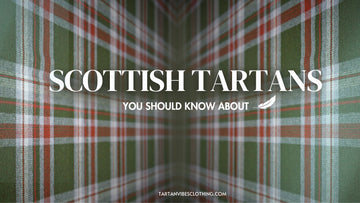Top 10 Scottish Tartans You Should Know About: Explore Your Tartan Heritage
by Teejay Smith on Mar 05, 2024
Table of Content
What is a Tartan?
Tartan is a patterned cloth with crossing horizontal and vertical bands in multiple colours, forming simple or complex rectangular patterns. Tartans originated in woven wool, but are now made in other materials. Tartan is particularly associated with Scotland, and Scottish kilts almost always have tartan patterns.
History of Scottish Tartan
Tartan often mistaken as "plaid," is a pattern of interlocking stripes with deep roots in Scottish heritage. Originally, tartans had no names or symbolic meanings, but their popularity soared in Scottish Highland culture by the 17th century. The Act of Proscription in 1746 attempted to suppress Scottish culture by banning tartan. However, commercial weavers like William Wilson & Sons began mass-producing tartans, assigning numbers and later names for identification. By the 19th century, tartans were associated with specific clans, thanks to efforts by the Highland Society of London and events like King George IV's visit to Edinburgh in 1822.
Today, tartans represent various entities beyond clans, including families, towns, and corporations. While Scottish tartans by clan are popular, individuals can choose any tartan that resonates with their heritage. With over 7000 tartans recorded, selecting one that reflects your roots is a cherished tradition. If you need help selecting a tartan, feel free to reach out to us.
Understanding Tartan Patterns

Scottish Clan Tartans
District Tartans
Fashion Tartans
Fashion tartans, on the other hand, are more modern creations, designed for aesthetic appeal rather than traditional significance. They are often used in contemporary fashion and accessories.
Welcome to Tartan Vibes Clothing! Explore our modern tartan creations, blending tradition with contemporary style. Shop our collection of Canvas bags, T-shirts, Blankets, Polos, Pants, Flags, and sneakers, etc adorned with stylish Tartan designs. Celebrate Scottish heritage with our unique pieces.
Colors of Scottish Clan Tartans

Clan Tartans serve as an emblem of Scottish heritage, encapsulating the individual identity of each clan. Crafted from a myriad of colors, these tartans hold profound significance. Inspired by the natural landscape of the clan's domain, hues like the verdant green of forests or the azure blue of neighboring lochs find their way into these intricate designs.
The palette of clan tartans typically includes shades of red, green, blue, yellow, and black. Red, evoking notions of fortitude and courage, stands as a prevalent hue. Green embodies the earth and its lush surroundings, while blue mirrors the vastness of the sea and the heavens. Yellow signifies the warmth of the sun and the bounty of harvests. Black often serves as a backdrop, lending depth and contrast to the overall composition.
Each clan boasts its distinct tartan, a fusion of specific colors and motifs. These tartans, cherished heirlooms, are bequeathed through generations, worn as a badge of honor by clan members. The selection of colors in each tartan is meticulously curated to mirror the lineage and customs of the clan, rendering each one a singular and poignant emblem of Scottish lineage.
Top 10 Famous Scottish Tartans
1. Royal Stewart Tartan
The Royal Stewart Tartan is synonymous with royalty and prestige. Its bold red background is complemented by vibrant bands of blue, green, and yellow, symbolizing the regal lineage of the Stewart dynasty. This tartan is steeped in history, tracing back to the 19th century when it became associated with the Royal House of Stewart. Today, it is a symbol of Scottish pride and is worn by both royals and commoners alike, making it one of the most iconic tartans in Scotland.
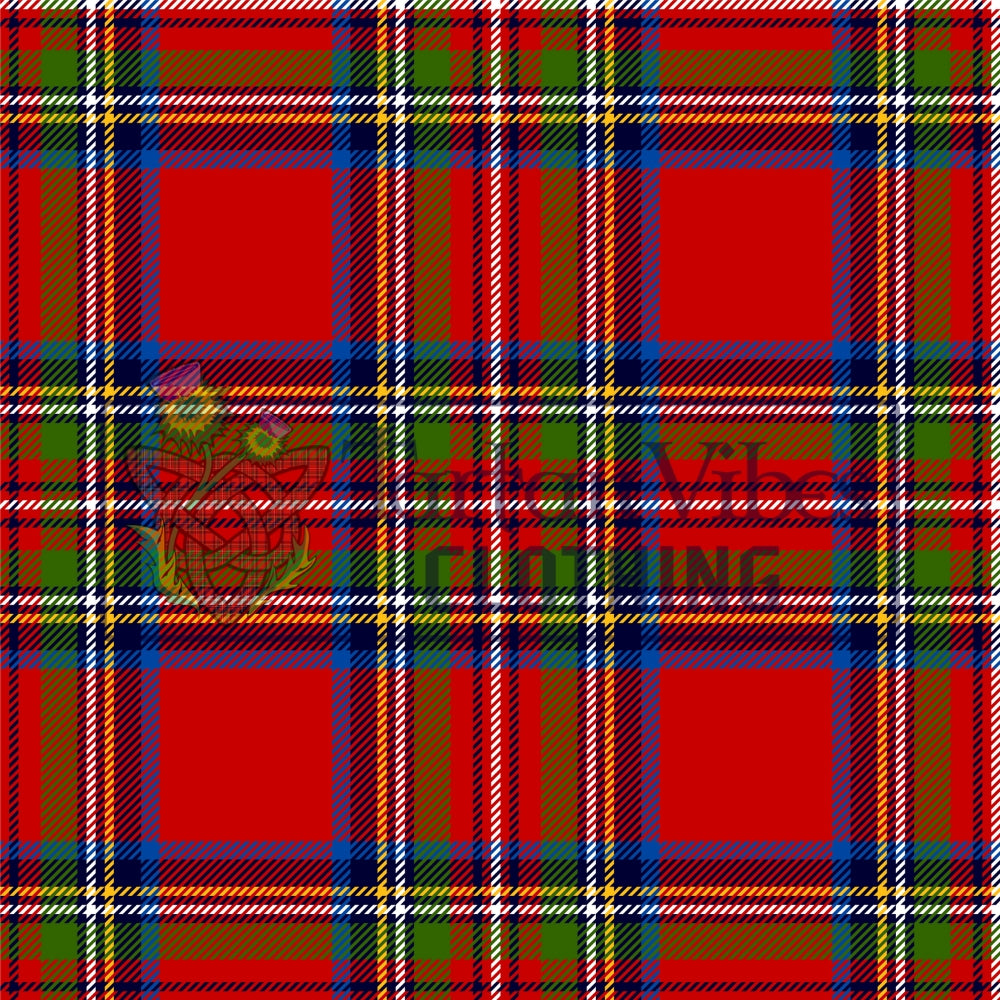
2. Black Watch Tartan
The Black Watch Tartan, also known as the Government Tartan, boasts a striking pattern of dark blue and green, interspersed with thin lines of black and red. Originating from the uniforms worn by the Black Watch, a renowned Scottish military regiment formed in the early 18th century, this tartan exudes strength and tradition. It has become a symbol of Scottish military heritage and is often worn with pride by veterans and their families.
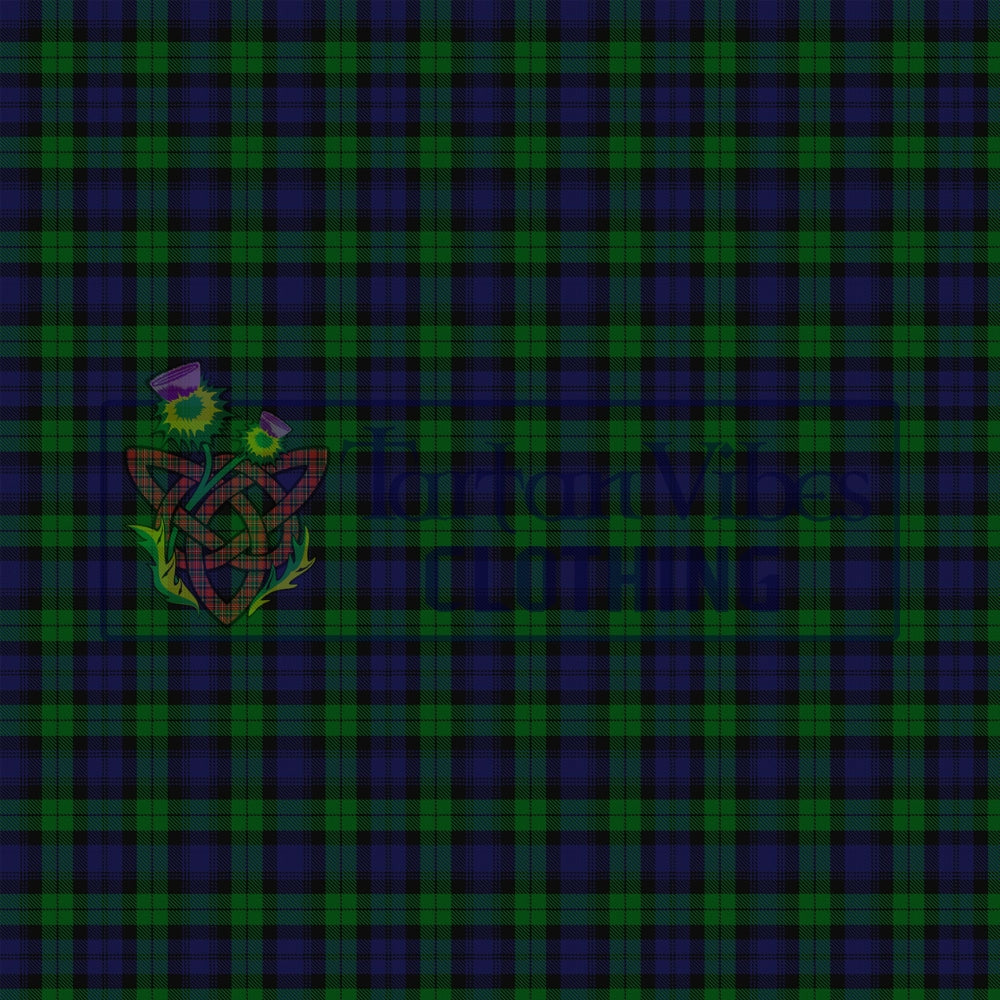
3. MacLeod Tartan
The MacLeod Tartan is a testament to the resilience and heritage of the MacLeod clan. Its distinctive pattern features shades of blue and green, representing the rugged landscapes of the Scottish Highlands. With a history dating back centuries, this tartan is deeply intertwined with the traditions and values of the MacLeod clan, making it a cherished symbol of their identity and lineage.
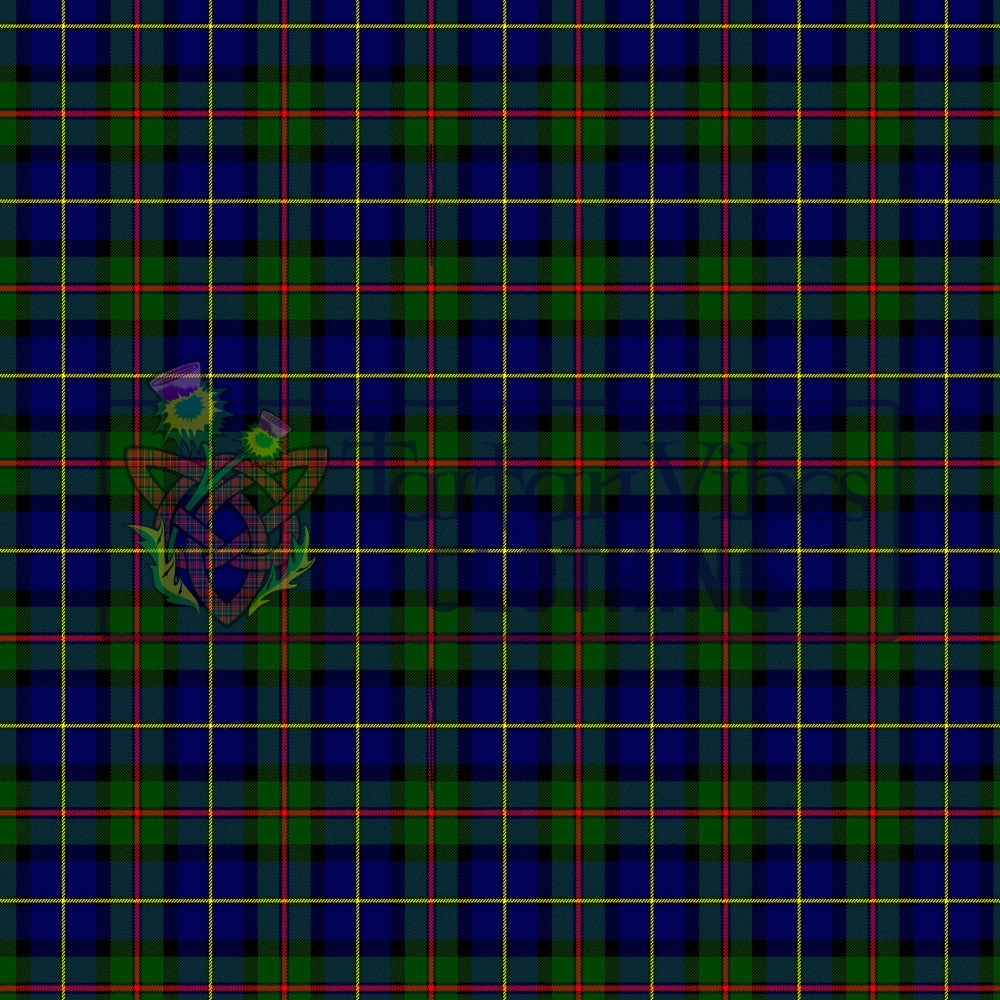
4. MacKenzie Tartan
The MacKenzie Tartan is a vibrant expression of the MacKenzie clan's storied past. Its bold red and green hues are reminiscent of the lush Scottish countryside, while the intricate pattern reflects the clan's rich history and cultural significance. From battlefields to Highland gatherings, this tartan has been proudly worn by generations of MacKenzies, serving as a beacon of their resilience and unity.
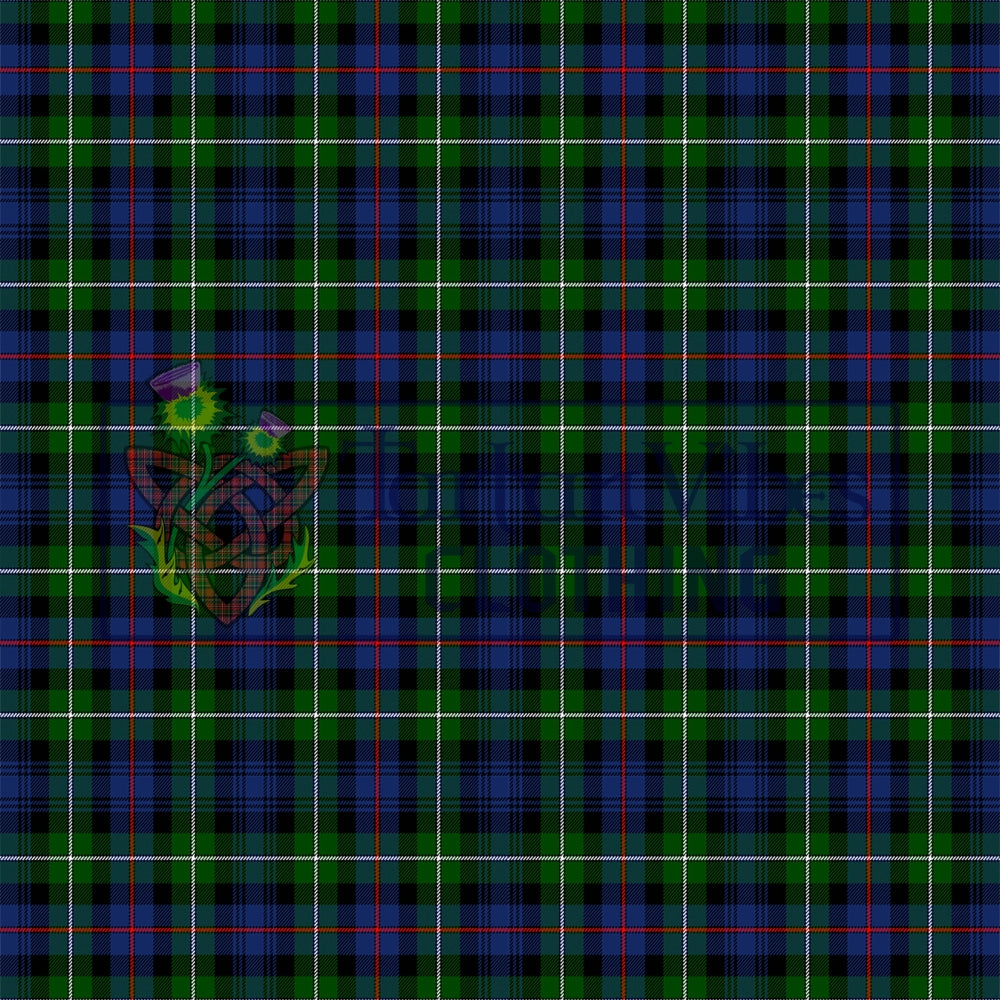
5. Campbell Tartan
The Campbell Tartan embodies the strength and heritage of the Campbell clan. Its dominant blue tones symbolize loyalty and steadfastness, while the subtle accents of green and black pay homage to the clan's Scottish roots. With a history dating back over 700 years, this tartan has been worn by Campbell warriors, chiefs, and leaders, serving as a proud reminder of their enduring legacy.
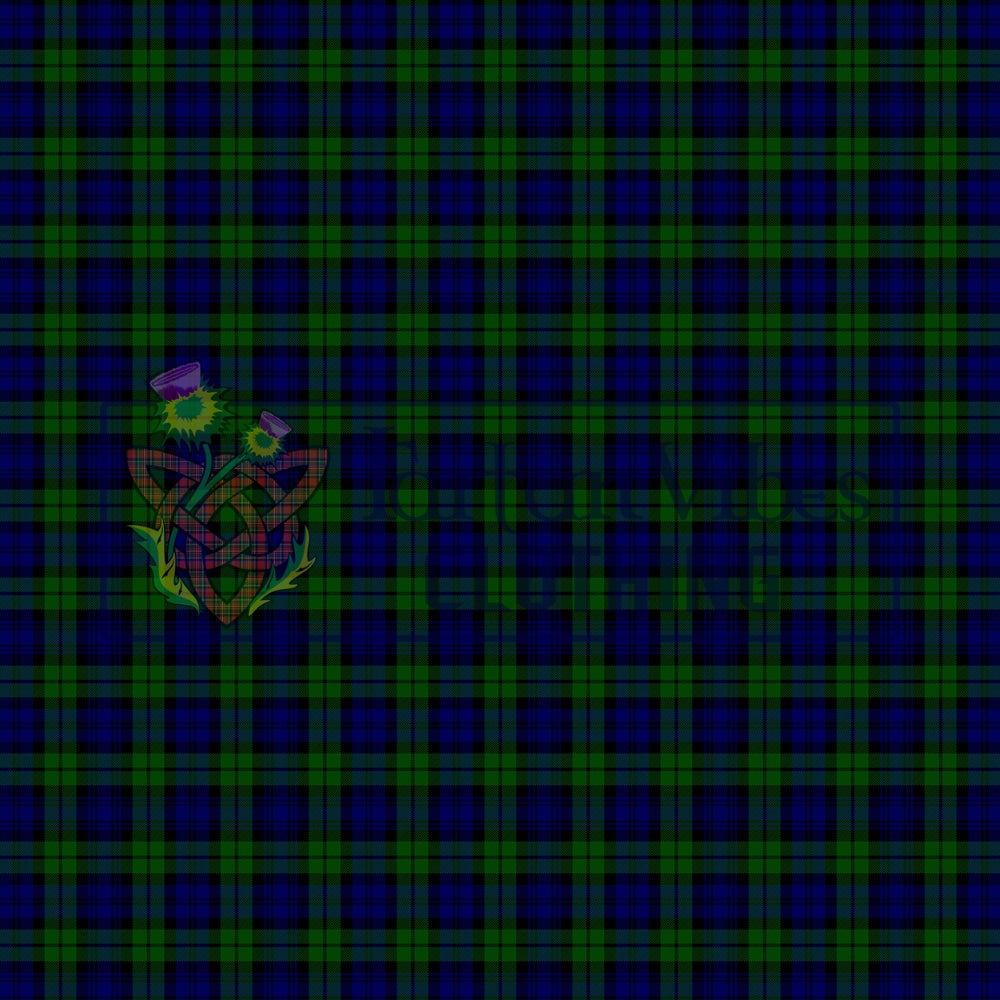
6. Gordon Tartan
The Gordon Tartan is a vibrant representation of the Gordon clan's illustrious history. Its striking red, green, and yellow hues evoke a sense of vitality and strength, reflecting the clan's martial prowess and noble lineage. With ties to the rugged landscapes of Aberdeenshire, this tartan has been proudly worn by generations of Gordons, embodying their enduring spirit and resilience.
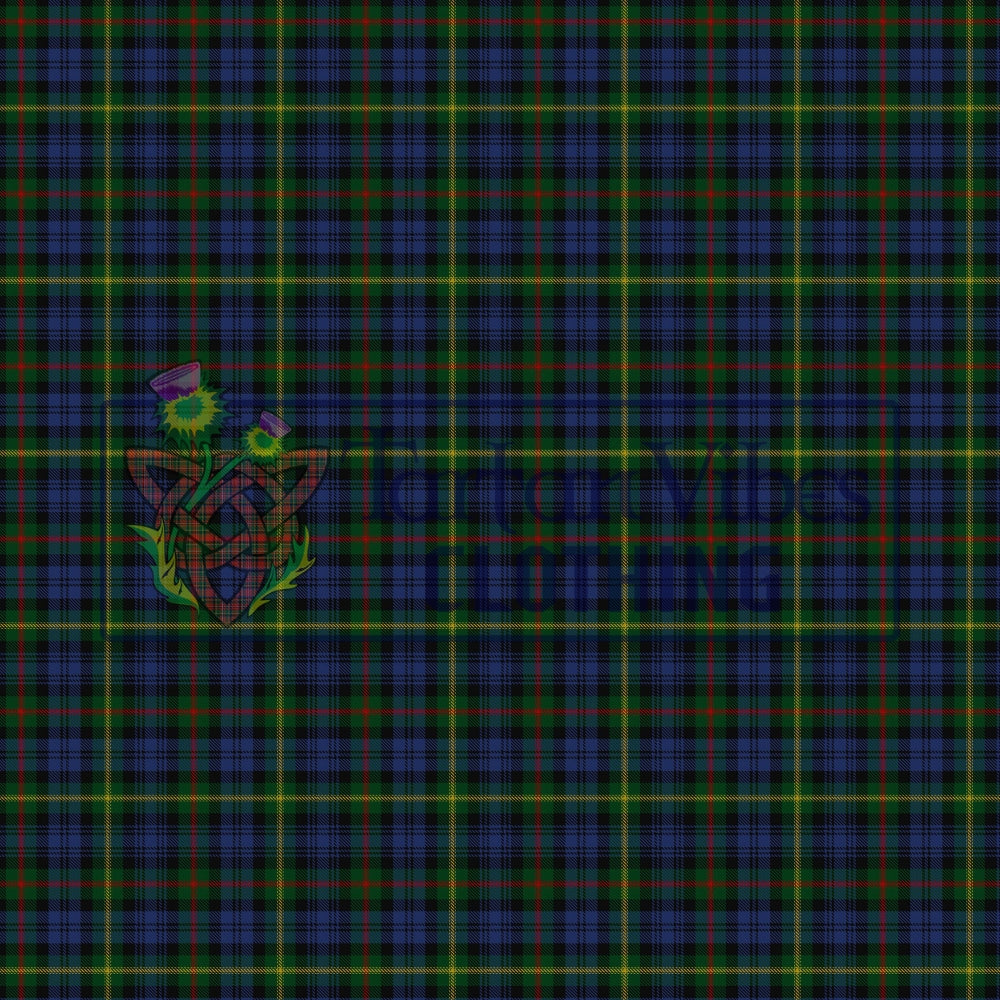
7. Buchanan Tartan
The Buchanan Tartan is a bold statement of the Buchanan clan's heritage and pride. Its striking black and yellow pattern is emblematic of the clan's heraldic symbols, evoking images of ancient castles and storied battles. With a legacy spanning centuries, this tartan serves as a powerful reminder of the Buchanan clan's resilience and determination in the face of adversity.
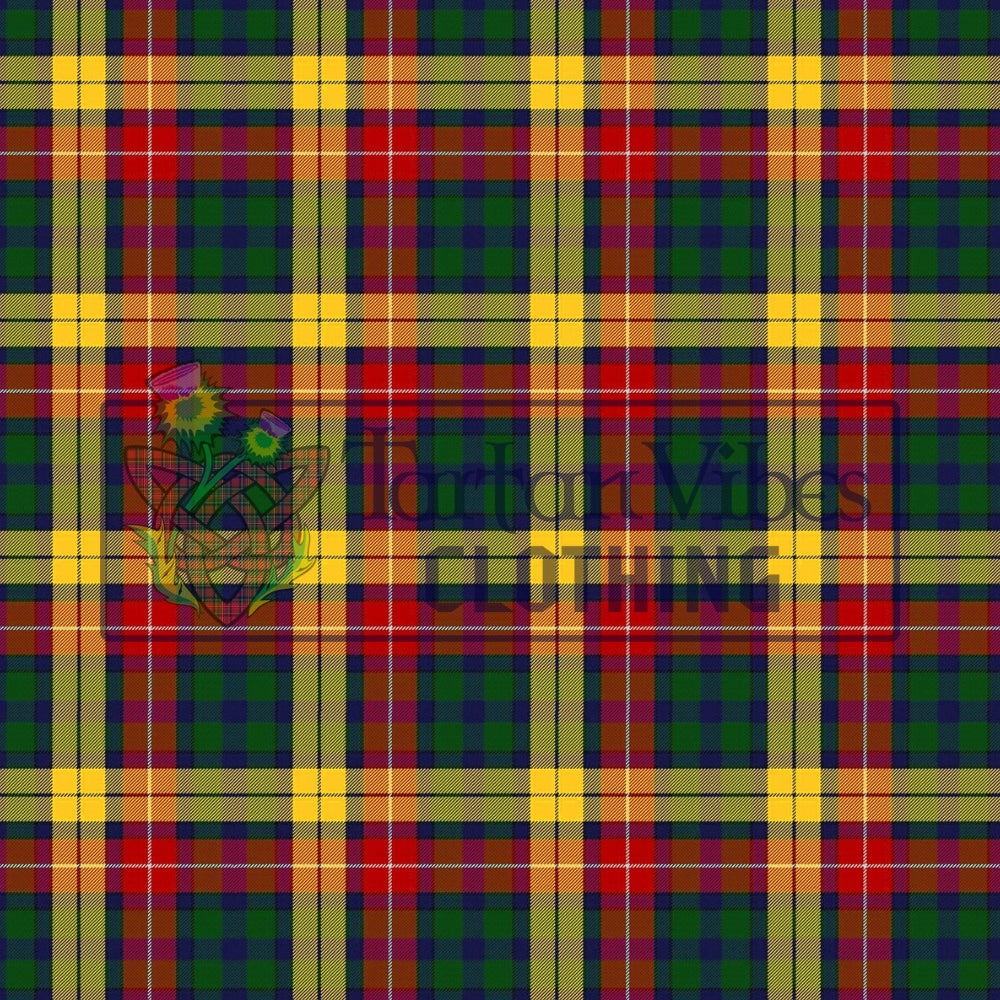
8. MacDonald Tartan
The MacDonald Tartan is a timeless symbol of the MacDonald clan's storied past. Its vibrant red, green, and yellow hues are reminiscent of the Highland landscapes that have shaped the clan's history and traditions. With a legacy dating back over a thousand years, this tartan embodies the MacDonald clan's fierce independence and unwavering pride in their Scottish heritage.
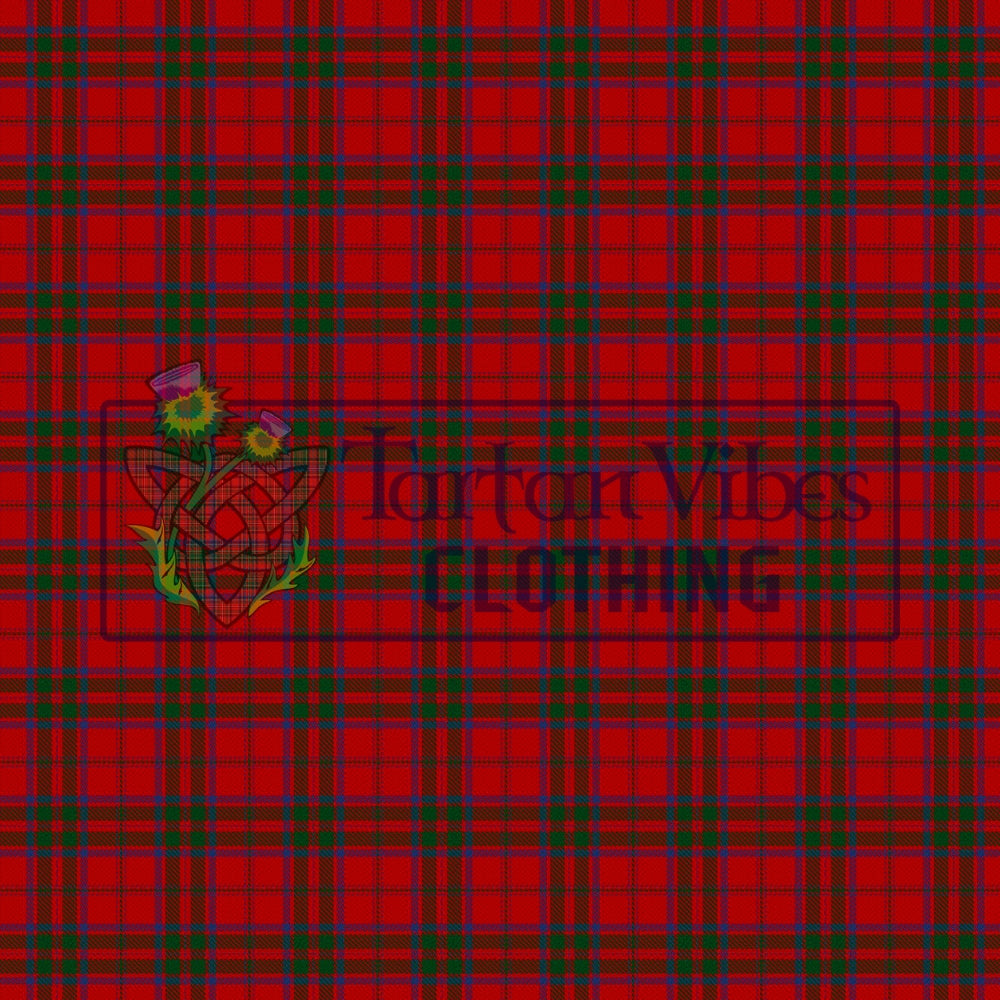
9. Douglas Tartan
The Douglas Tartan is a proud symbol of the Douglas clan's noble lineage and martial prowess. Its bold red, green, and black pattern reflects the clan's heraldic symbols and storied history. From the battlefields of medieval Scotland to the halls of power in Edinburgh, this tartan has been proudly worn by generations of Douglases, serving as a powerful testament to their enduring legacy.
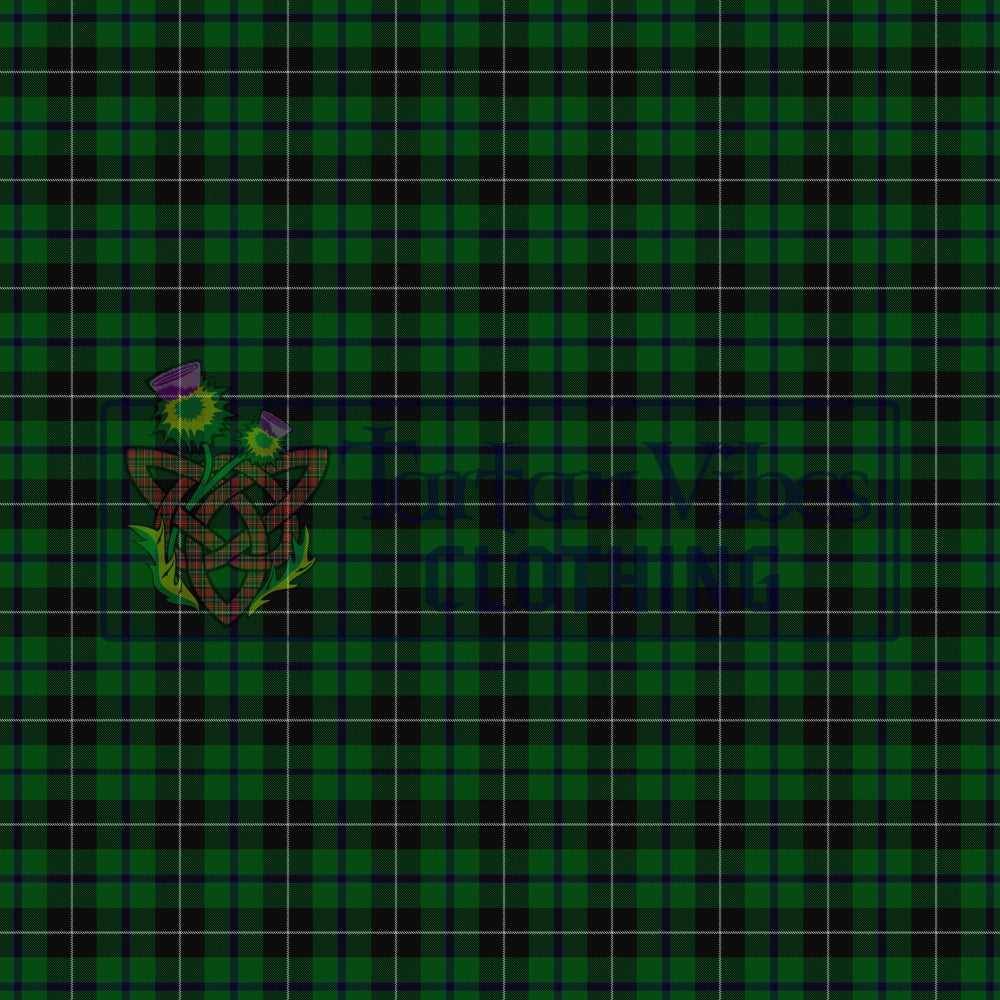
10. Fraser Tartan
The Fraser Tartan is a timeless expression of the Fraser clan's strength and resilience. Its striking red, green, and blue hues are emblematic of the clan's Highland heritage and warrior spirit. With a history steeped in tradition, this tartan has been proudly worn by Fraser warriors and chiefs for centuries, serving as a symbol of their unwavering loyalty and devotion to Scotland.
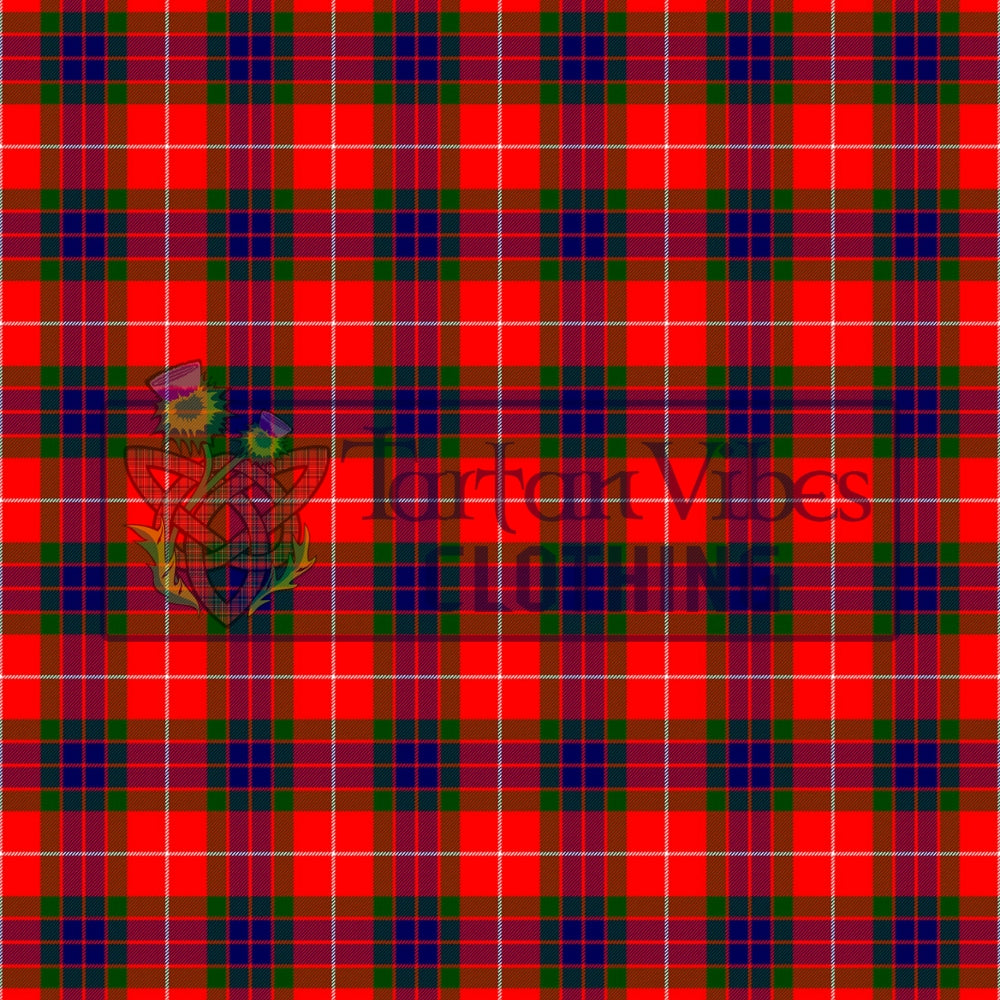
Tartan in the Modern Era
While originally serving as identifiers for clans and their territories, tartans have evolved significantly in contemporary times. Today, their significance extends far beyond mere clan recognition.
Embraced as symbols of Scottish heritage and pride, tartans are donned on various occasions, from formal events like weddings to everyday wear. Tartan kilts or skirts add a traditional touch to formal attire, while scarves and ties featuring tartan patterns serve as versatile accessories suitable for both formal and casual ensembles.
In recent years, tartans have made a splash in the fashion industry, with designers incorporating these timeless patterns into their collections. From chic clothing items to home décor such as blankets and curtains, tartans infuse a dash of Scottish allure into modern living spaces.
In essence, tartans remain deeply entrenched in Scottish culture, serving multiple purposes in the contemporary world. Whether as a nod to clan heritage or a fashion-forward statement, tartans continue to hold a cherished place in the hearts of Scots and enthusiasts alike.
Frequently Asked Questions
How do I find my Scottish tartan?
Use an online resource such as Tartan Vibes Clothing's Find your Clan's Tartan . Search for your family name to discover your family tartan.
Do all Scottish families have a tartan?
Not every Scottish surname will have a tartan, so often people wear the tartan of their mother's maiden name or the tartan of a Scottish district. Tartans have become popular for sporting teams and businesses too. There are many books on the subject of surnames and tartans in NLS collections.
What is the significance of tartan in Scottish culture?
Tartan represents family ties, regional allegiances, and Scottish identity. It is worn during special occasions and celebrations.
How are tartan patterns determined?
Tartan patterns can be associated with specific clans, districts, or created for fashion purposes. They often feature unique combinations of colors and stripes.
Can anyone wear tartan?
Yes, tartan is not restricted to Scots alone. It is celebrated worldwide and can be worn by anyone who appreciates its beauty and history.
Are there specific rules for wearing tartan?
While there are traditional guidelines for wearing tartan, such as matching patterns and colors, modern interpretations allow for more creative expression.

